7 Best Barriers to Keep Cars off Grass + Stop Parking on Lawn
It’s not uncommon to find tire ruts on your lawn every time your neighbor holds a block party and their friends decide to use your lawn as a parking spot.
You can install bollards, fences, and retaining walls and use landscaping features like decorative stones and warning signs or barricades on the edge of your yard to keep off trespassers (overspill parking), which can lead to lawn grass damage. Good examples of barriers include fences, hedges, driveway guards, parking posts, and rocks.
Best Barriers to Keep Cars off Your Lawn
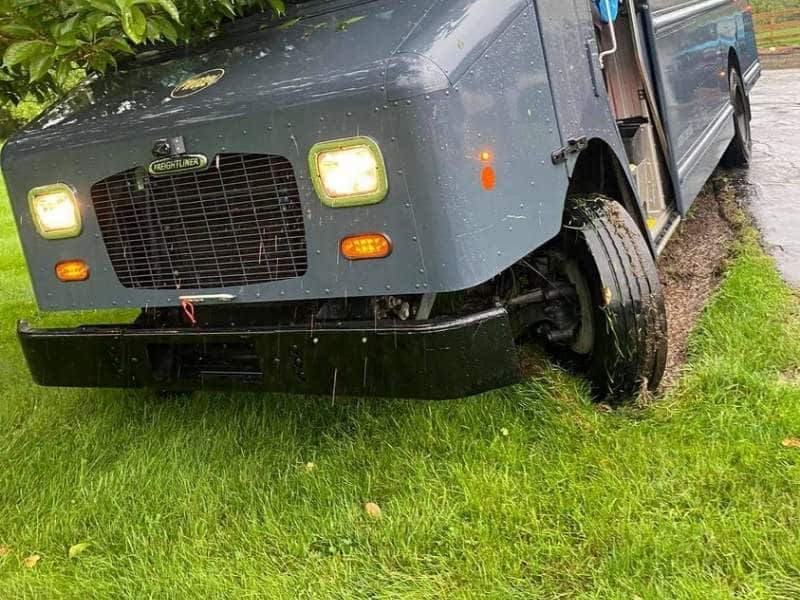
The best barriers to keep cars off lawns are those that are visible enough to offer drivers an early warning, and sturdy/firm enough to stay in position upon contact with a vehicle. Here’s a complete breakdown of 7 of the best barriers that you can use to barricade and demarcate your lawn area to keep cars off your lawn.
1. Driveway boulders and rocks
One of the most common items that homeowners use to create a barrier around their turfs is driveway rocks like EMSCO GROUP 2373 Granite. They’re typically large enough to cause damage to car bumpers and undercarriages, which is enough reason for unruly neighbors to keep their cars off your lawn.
You can either use real rocks or artificial boulders, typically made of fiberglass. Real landscape rocks boast a natural aesthetic that blends in nicely with surrounding lawns and gardens. They’re also too heavy to be easily moved out of place.
Artificial fiberglass rocks are a more cost-effective alternative to real rocks. These are designed to resemble the shape and feel of real rocks, making them realistic. And even though fiberglass is lightweight, the rocks come with ground anchors so that intruding vehicles won’t knock them away.
2. Fences
Erecting a fence like XCEL Fence along the perimeter of your yard is one of the most effective ways of keeping cars from veering off into your lawn. From low-lying wooden and brick wall fences to high barbed wire fencing, the options are diverse.
You can paint the fence around your lawn to enhance your curb appeal as well.
You don’t have to install a permanent fence either, as there are retractable safety fences available on the market these days. This type of yard fence is usually held in place by ground stakes and comes in a variety of colors that suit different landscape aesthetics.
Pro tip: Before installing a fence around your lawn, check with your residential management committee to confirm if such outdoor structures are allowed in your neighborhood.
3. Hedges
Hedges like Patio Paradise are a great option for barricading your turf against intruding vehicles, as well as improving your yard privacy. You can either go for a natural hedge (also referred to as a living fence) or an artificial hedge, with each of these alternatives having its advantages and drawbacks.
A natural hedge made of trees and shrubs forms a firm barrier to keep off vehicles while simultaneously adding a touch of Mother Nature’s beauty into your yard. On the downside, though, it takes lots of time and effort to grow a natural hedge to full maturity.
Artificial hedges offer a quicker and cheaper alternative to natural hedges. What’s more, they’re usually easy to assemble and disassemble, more so those that come in a boxwood design. Beware, though, that artificial topiaries and bushes may give off a ‘fake’ vibe when viewed from up close despite appearing to be a realistic natural hedge from afar.
4. Netted driveway guards
A driveway guard is a type of safety netting that can be mounted on either side of the driveway to dissuade vehicles from veering off the driveway and onto the lawn. It’s comparable to the safety fence discussed earlier as it’s also retractable and can be adjusted sideways to the desired width.
You can also angle your netted driveway guard, like Sunnyglade, around the corners of your yard by installing sticks onto the ground for the guard to press against. Netted driveway guards are usually sold in multiple color variations to suit different outdoor design aesthetics.
Note: Bright-colored driveway guards are more noticeable, especially at night when the driver’s vision may be limited.
5. Spike strips
Installing spike strips is a straightforward way to warn car owners from parking on your lawn. The sharp spikes will instantly deflate vehicle tires upon contact. What’s more, you can paint the strips to a shade of your liking to build upon your curb appeal.
Before setting up spike strips around your lawn, consult with your neighborhood residential association, as some don’t permit their installation due to the risk they pose to kids and pets.
Note: Despite being an effective barricade item against vehicles, you should only use spike strips as a last resort, as they’re a common cause of confrontation.
6. Parking posts
Parking posts/bollards usually feature reflective color strips painted on them, making the edge of the lawn more noticeable at night, as well as reducing the chances of the driver hitting the posts. Meanwhile, metal and steel parking posts, which are usually installed permanently on concrete bases, are usually sturdy enough and thus won’t be knocked over by vehicles.
When installing parking posts around the perimeter of your yard, ensure they’re close enough (no more than 2-feet apart) such that cars can’t pass through the spaces between them. However, remember to check with your area authorities before installing parking posts along the edge of your lawn, as it’s illegal to do so in some places.
7. Concrete pyramids
You can also deter vehicle owners from parking on your grass by installing concrete pyramids. These are typically erected at the edge of the lawn and have spiky bases that hook to the ground, thus forming a firm barricade. They also come in reflective shades, typically white, to make them more visible to drivers.
Note: Concrete pyramids, though effective, are often expensive.
What to do if your neighbor keeps driving over your Lawn
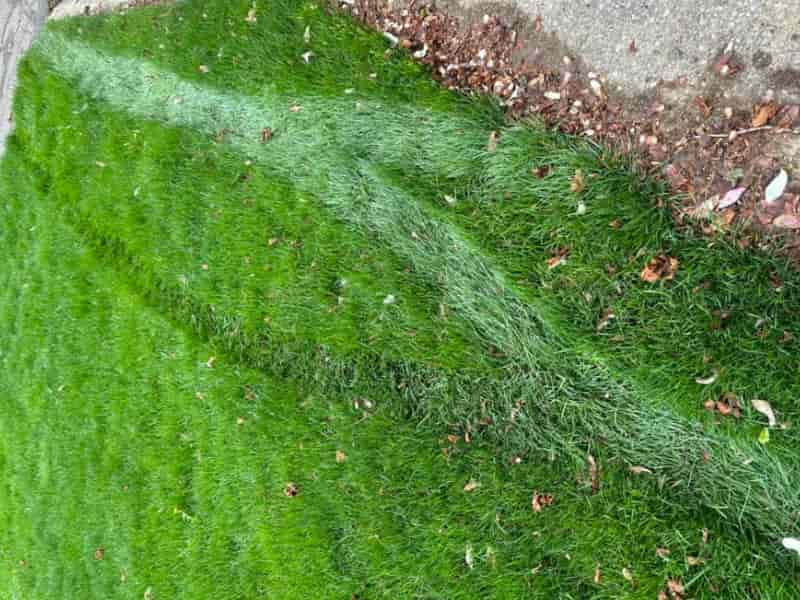
It’s illegal to run drive on, or park on someone else’s lawn, as it amounts to trespassing. You should, therefore, warn your neighbor against parking in your yard as they may be unaware of the damage they’re causing to your grass. However, if they keep ignoring your pleas to keep their vehicles off your lawn, consider taking legal action against them.
How to Repair a Lawn Damaged by Cars
If the damage has already occurred and you have ruts on your grass, there’s no need to despair, as you can still repair the lawn. For shallow ruts that are no more than four inches deep, loosen the compacted soil by prying it with a spade fork. The fork should be positioned at a 45-degree angle to loosen the compacted soil.
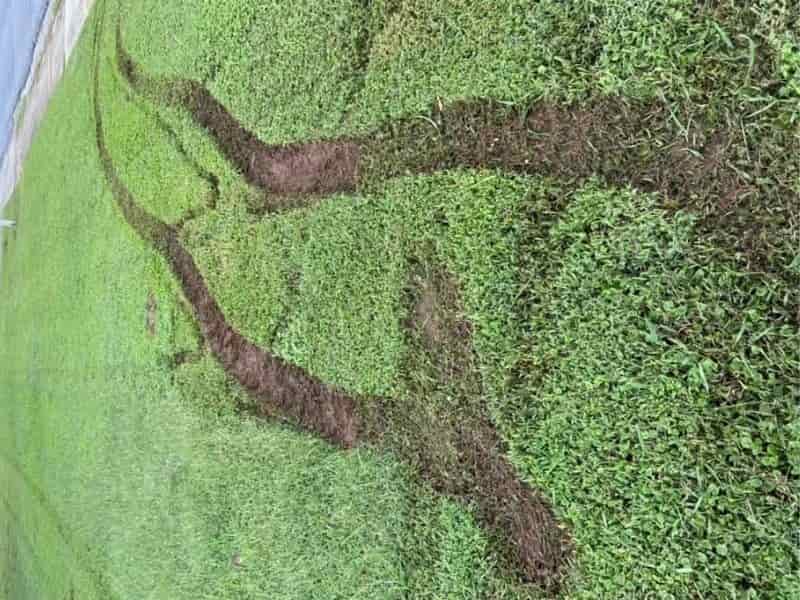
Push the spade fork back and forth until you’ve raised the earth and the sod above it up to about an inch above the rest. As the soil settles later, the part that’s being repaired will level up with the rest of the turf.
For deeper ruts (more than 4” deep), push the spade fork deeper to effectively loosen all compacted soil then using a good lawn edger, lift and get any salvageable grass out of the way to create access for the soil mix that you’ll be using to fill in the rut.
Next, loosen the rutted soil a bit more before filling in the rut with a soil mix. The type of soil blend you use will largely determine whether your project of repairing ruts in your lawn will be successful or not.
For the best results, a 50/50 mix of one part soil and one part compost (or one part sand) is recommended. Such a soil mix is well-aerated, allowing for deeper grass root development since the roots can penetrate deeper into the soil.
Finally, roll back the sod over the new topsoil mix and reseed any bare spots.
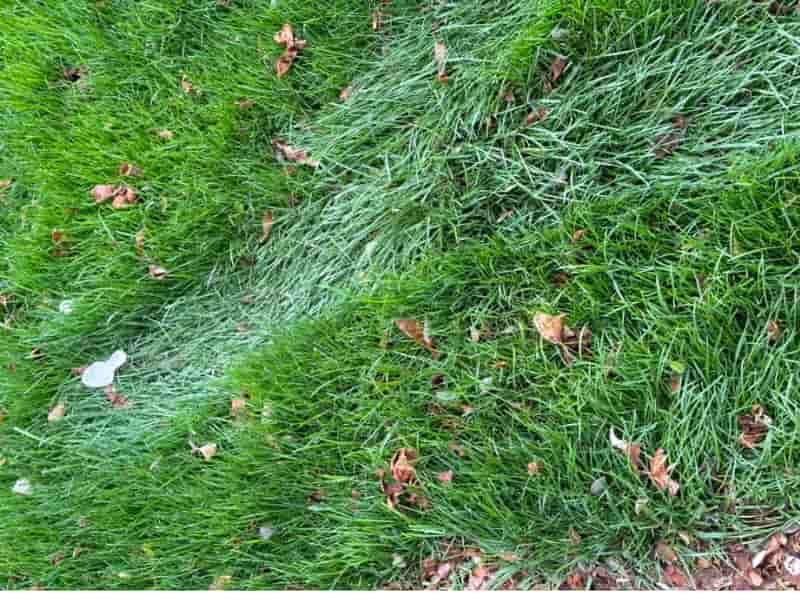

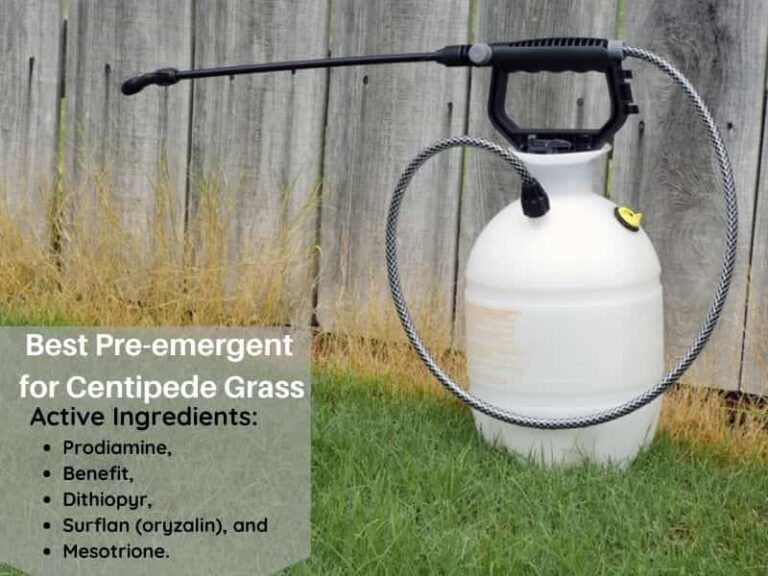
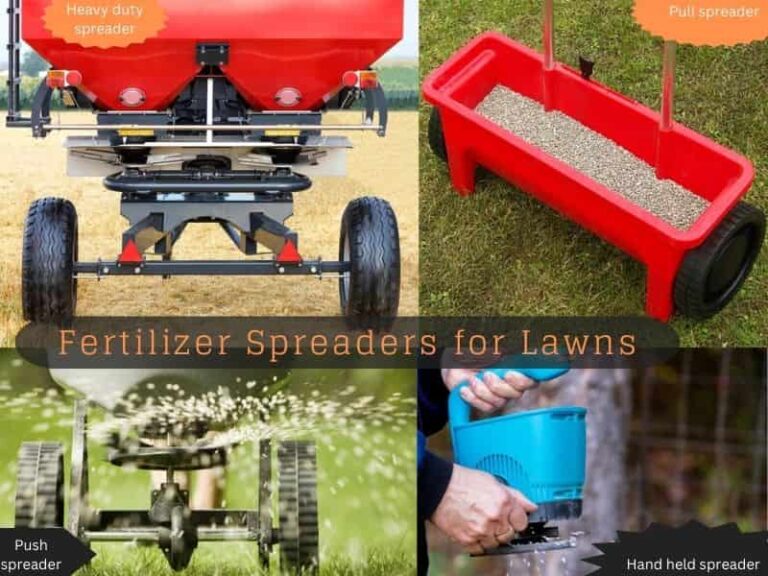


Hi Chris,
I live in the PNW and the street only has sidewalks on the side of the street. People got used to parking in our yard when original owners lived here. Since then we have been trying to get grass to grow in the front yard (too compact and can’t afford to excavate) and we put in a lovely front walk from the street. Still we have people parking and driving through our yard. I would like to plant something as a barrier between the street and the main part of the yard where we are trying to get grass growing. Because the soil is so compact, I was wondering if you thought plants may not be a good idea for visualization between street and yard. Thank you, wonderful artical.
Hi Mo, i would suggest you consider having Ornamental grasses, large rocks/boulders, garden bed, gravel strip and may be add signage for visually defining the lawn edge rather that large shrubs or trees. This can work well to keep cars off your lawn. Compacted soil you may consider aeration(3-4 times) that may help and far way cheaper although it depends on the size of the lawn. DIY should be easy and straightforward wven if you have to hire an aerator. See this How to Aerate Lawn By Hand and How Often Should I Aerate Lawn?.